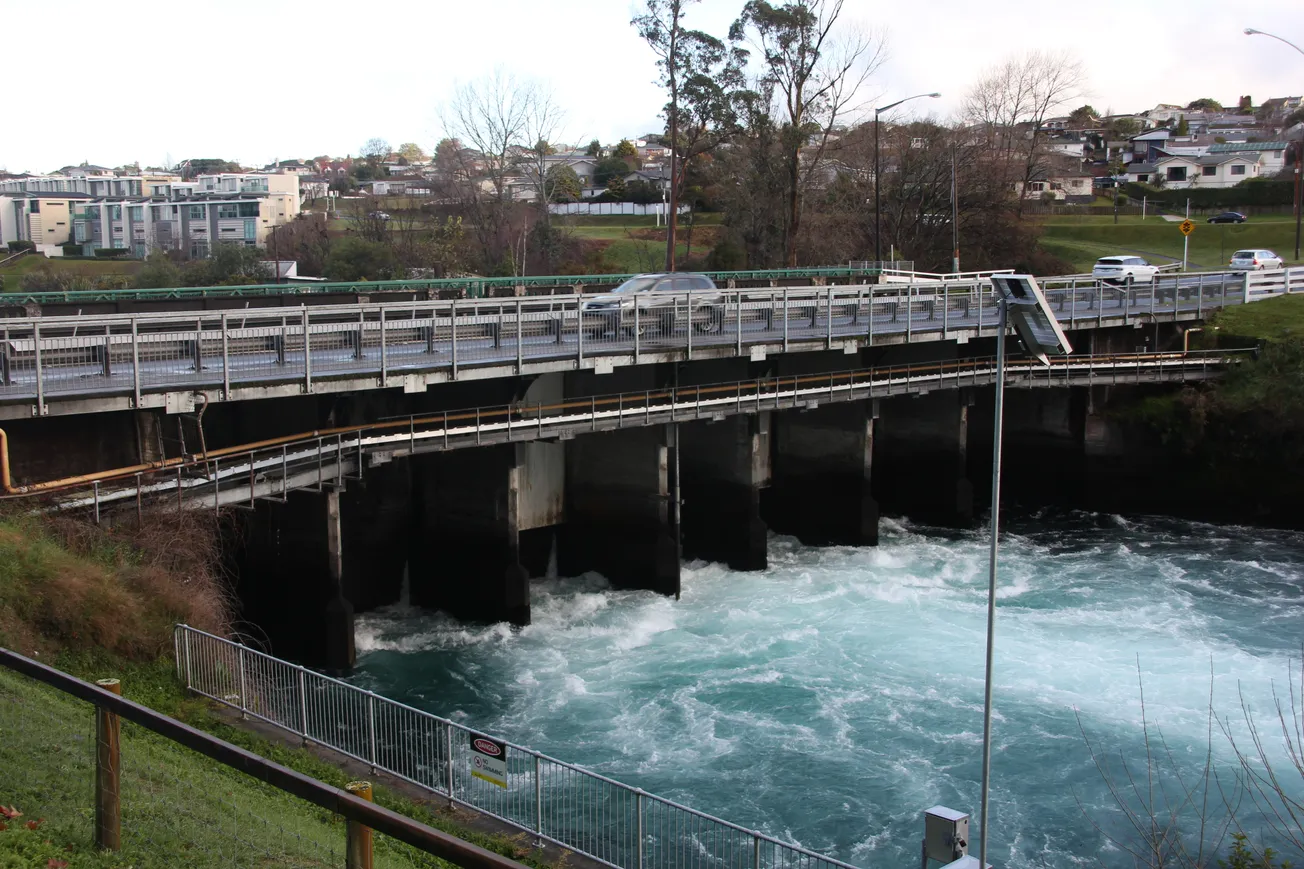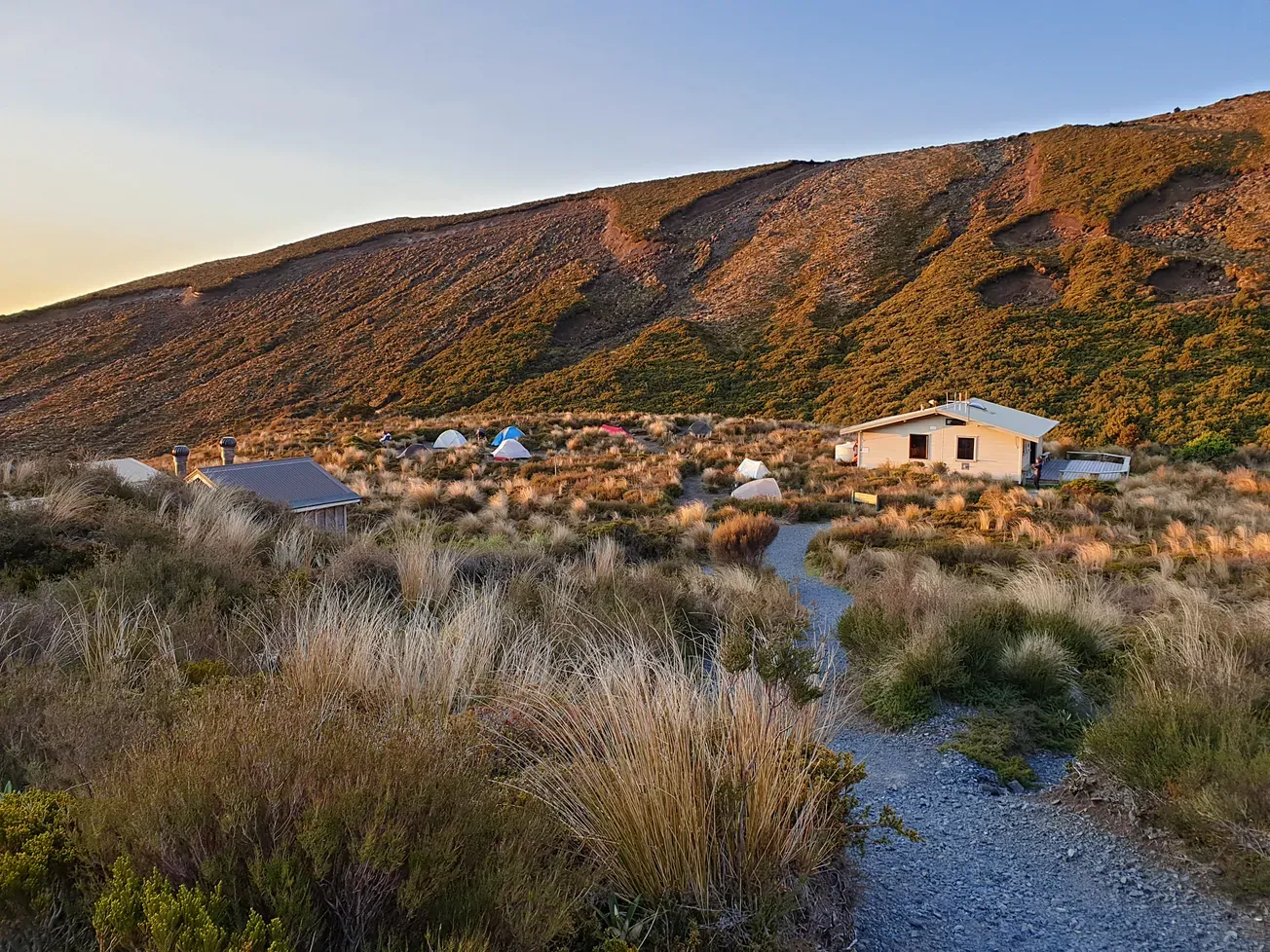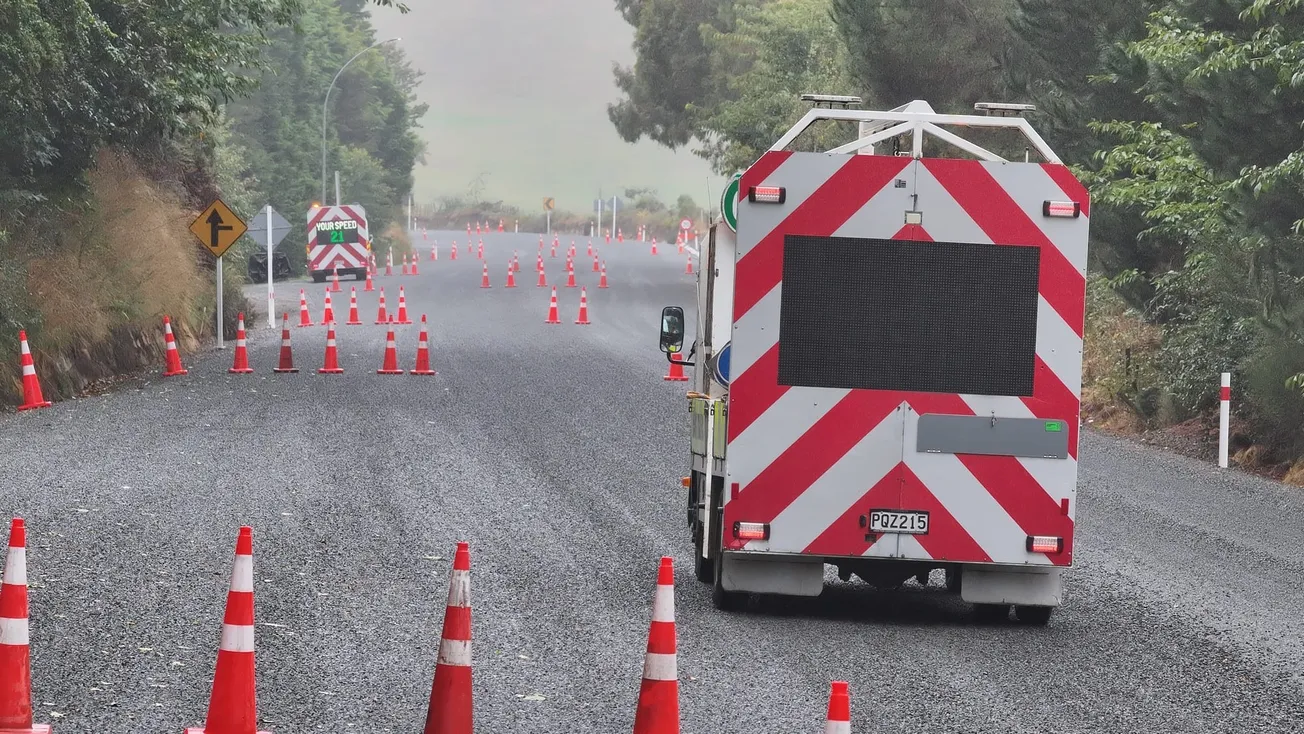Five major weather events in the past two months delivering 291mm of rain over Lake Taupō have eased pressure on the Waikato Hydro System, improving its capacity to generate electricity this winter.
Rainfall figures show 65mm fell on May 9, and 53mm from May 27-29. On June 4 another 62mm fell and a further 61mm between June 10-13.
The most recent rainstorm which covered much of the country delivered 50mm over Taupō from June 27-28.
Mercury executive general manager of wholesale markets, Tim Thompson, said in going from the bottom of the range over summer to close to the top, the variation in rainfall was keeping the company that manages the nine hydro systems of the Waikato River on its toes.
“We had the driest sequence on record from January to the end of April and then from May 1 it’s been the 96th highest from then to today… a game of two halves really, from one extreme to the other.”
Lake Taupō is the major source of energy for the system of dams along the river, which supplies about 10 per cent of the country’s electricity supply.
The recent rainfall moves the lake level to 41cm above the average for this time of the year and 66cm higher than the same time last year.
Towards the end of June, lake storage was 138 per cent of average. It compares to June 1, 2024 to May 30, 2025, when inflows into Lake Taupō were of the fourth percentile (fourth lowest in 100 years).
The recent rain had provided a buffer, said Thompson.
“We manage within our constraints, and the lake level is definitely one of those. Certainly, a better problem to have too much water than not enough.”
Mercury trading manager Andy Anderson said Mercury had looked to increase generation near the end of May.
“But certainly, in the last 10 days the Taupō gates have been open to move that water as we have more rain coming.”
The increased inflow had allowed the company to break a five-year drought in generating 20 gigawatt hours (GWh) in one day. (A GWh is equal to one million kilowatt-hours.)
“Now we’re on track to do three in the last fortnight, said Thompson. “Which is good because it’s the right time of the year – it’s winter when we need it.”
The rain had seen thermal back up stations being displaced by renewable hydro generation.
“We’ve probably received the most out of the catchments in New Zealand… but other catchments in the South Island have got a bit of too.
Water levels from tributaries feeding into the Waikato River have also increased, helping to improve hydro storage.
The improved lake level is another important step towards helping maintain the country’s security of supply during the colder, higher-demand months, reducing concerns of a repeat of last year’s energy shortfall.
Though prior to the recent big falls, Thompson, said Mercury had already taken steps to conserve storage heading into winter.
“We looked very carefully at managing the risk of another dry winter and our team worked hard to conserve hydro storage to ensure we were well placed to continue powering New Zealand over winter.
“When the rain arrived, we were in a good position to let Lake Taupō fill quickly to improve our hydro storage.”
Dealing with volatility was something the company had to manage in real time, he said.
“Storage in Taupō is finite, we don’t have a lot, so we have to make sure we have capacity in the system for when it does rain.”
In an average year it would turn its storage capacity over six or seven times, he said.
And while the extreme variations might cause work for those with operational overview of the hydro system, both Thompson and Anderson said the dams were built to cope with those extremes.
“It’s good to see them going full noise,” said Thompson. “We’re quite pleased with what the team’s done in making sure the plant’s available so we can actually generate fully with all this water in the system.”
The Waikato Hydro System comprises nine hydro systems of the Waikato River. It is the main hydroelectricity contributor on the North Island, generating an average of 4140 GWh per year.
The system is a winter-fed catchment, relying on rainfall between May and September to resupply Lake Taupō.
From January to March Mercury reduces generation when rainfall is lower to take pressure off the lake.
(While the increased hydro generation might have an impact on spot power prices, most household consumers are not exposed to the spot market and its volatility through being charged a fixed price for power.)








